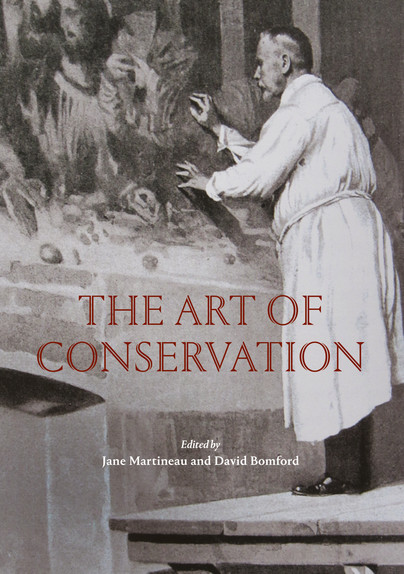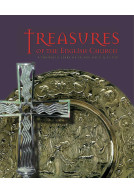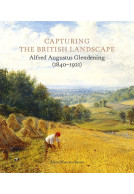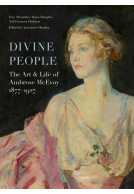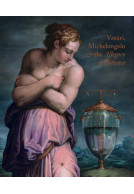The Art of Conservation (Hardback)
Pages: 504
Illustrations: 170
ISBN: 9781916237841
Published: 30th June 2024
(click here for international delivery rates)
Order within the next 1 hour, 22 minutes to get your order processed the next working day!
Need a currency converter? Check XE.com for live rates
This fascinating volume presents a wide-ranging overview of one of the lesser known yet fundamental disciplines of Art History: conservation. What happens when art ages? By bringing together some of the leading experts in the field, the essays chart a journey through the theoretical, aesthetic and technical debates surrounding the conservation of Old Masters. The problem of how to look after paintings as they grow old is a historically complex one. Should they be ‘restored’ to their original glory, or should the patina of time be acknowledged? What is to be done with damp and dirt, with rotten panels and yellowing varnishes? The development of conservation is profoundly entwined with the development of Art History itself, as both deal in the interpretation of the past and its preservation for the future. The seventeen essays collected by editors Jane Martineau and David Bomford, which originally appeared in The Burlington Magazine, explore how these questions have been answered from the mid-sixteenth century to the present day. Masterpieces like Jan and Hubert van Eyck’s Ghent Altarpiece or Rembrandt’s Night Watch have been treated and mis-treated many times in their long lives. By the nineteenth century, the growing knowledge of the techniques employed by the old masters had a profound influence on the treatments applied to their works. In the same period, the birth of national galleries as public institutions entrusted with the collective heritage led to the need to preserve large numbers of paintings and establish conservation departments rooted in scientific research. By the mid-twentieth century, the materials and techniques of painting were utterly transformed, demanding fresh approaches to their preservation. A discipline that sits uniquely at the crossroads of art, science, philosophy and technology, modern conservation is the result of an ongoing collaboration between conservators, scientists and art historians following rigorous ethical standards and training programmes.







